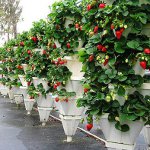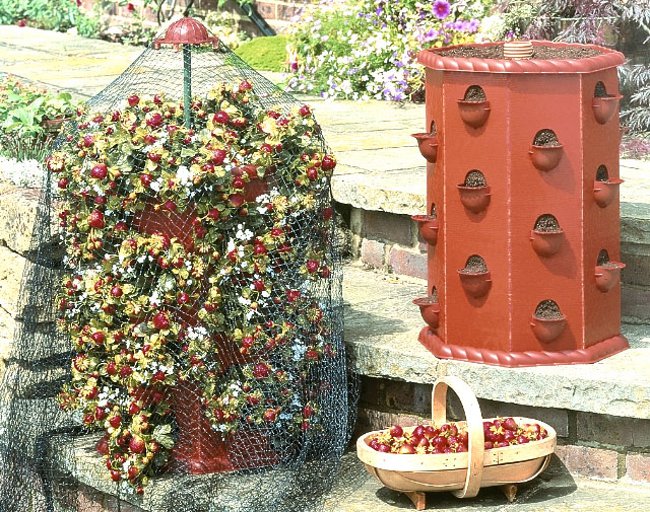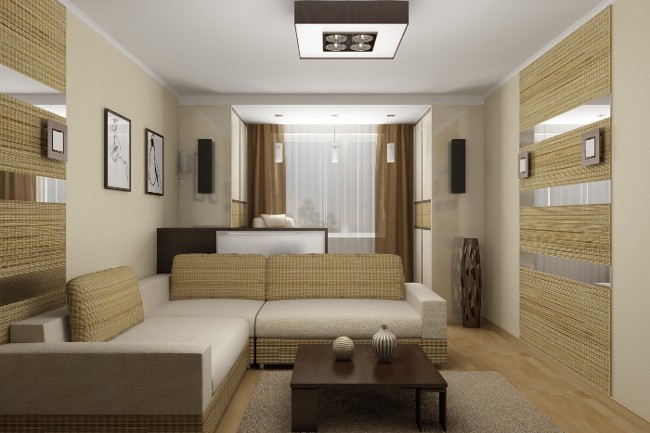Vertical bed

If you have a summer cottage in two hundred parts, and you want to plant a lot of all sorts of differences, then at your service vertical bed. What is this design and how to build it? How can it be interesting and useful for gardener? Read more about this.
So, what is the vertical bed for? What are its advantages? Use of this bed allows plants to grow not horizontally, but vertically. It turns out that the dachais used more rationally, as there is more space for those plants that can grow only on a horizontal surface. Another plus - the fruits do not touch the ground, therefore, they do not rot and evenly ripen, the fruit will not be attacked by rodents, it is easier to take care of the plant.
Vertical beds can be different shapes, for example, trapezoidal, cylindrical (withholes), in the form of a truncated cone, a hut, or you can simply use a barrel filled with a nutrient mixture. Also a material for the construction of a vertical bed is a canvas or polyethylene bag, which should be filled with soil for planting.
The simplest material for the bed is a plastic bag. It's a pity, but this design will only serveone agrarian season. Ready-made packages are sold for vertical beds, but you can make this container yourself. So, you will need a very dense polyethylene bag and a metal base, for example, a tube, also stock up with an earthen mixture and seedlings that will flaunt on such a bed.
We will begin to describe step by step the installation of the bed, as this will simplify your idea of it and, accordingly, will facilitate the preparation and installation itself.
Step 1
First you need to fix the metal tube insoil: bury at a shallow depth and properly compact the soil. Now you need to prepare a container for watering. To do this, you will need foam sheets, which are fastened together with a rope and placed around the tube. This way you will build a watering chamber. But if you have a small vertical bed, the camera can not be done, but just take advantage of perforated metal or plastic pipe.
Step 2
In the package, cut through the holes through which itwill be put on the foundation. Then you need to fill the package with drainage (15-20 cm layer), and then fill it with fertilizer. It turns out a rather interesting design, in which it will still be necessary to make holes at an equal distance from each other in order to plant plants in them. The distance between the holes must be at least 20 cm.
Now about the varieties of vertical beds. You can make a miniature bed from the bag,having bought it in a horticultural store. These beds do not require a foundation, since the bag is securely suspended on the bar. The weight of this design varies from 6 to 12 kg; water usually - on top of the bag.
The vertical bed can be made of a plastic canister or barrel. At the bottom of the barrel you need to pour in the drainage layer, andthen fill it with soil. Then you need to make holes in the walls, in which your favorite plants will be located. On the upper (open) section of the barrel you can place a small ridge. Watering can be used drip type, so that the soil is moistened evenly.
The most common plants for vertical beds: cucumbers, garden strawberries, mushrooms, parsley, green onions, dill, beans, radish, peas. Good luck in the experiments on your garden plot. Write about your exploits.














